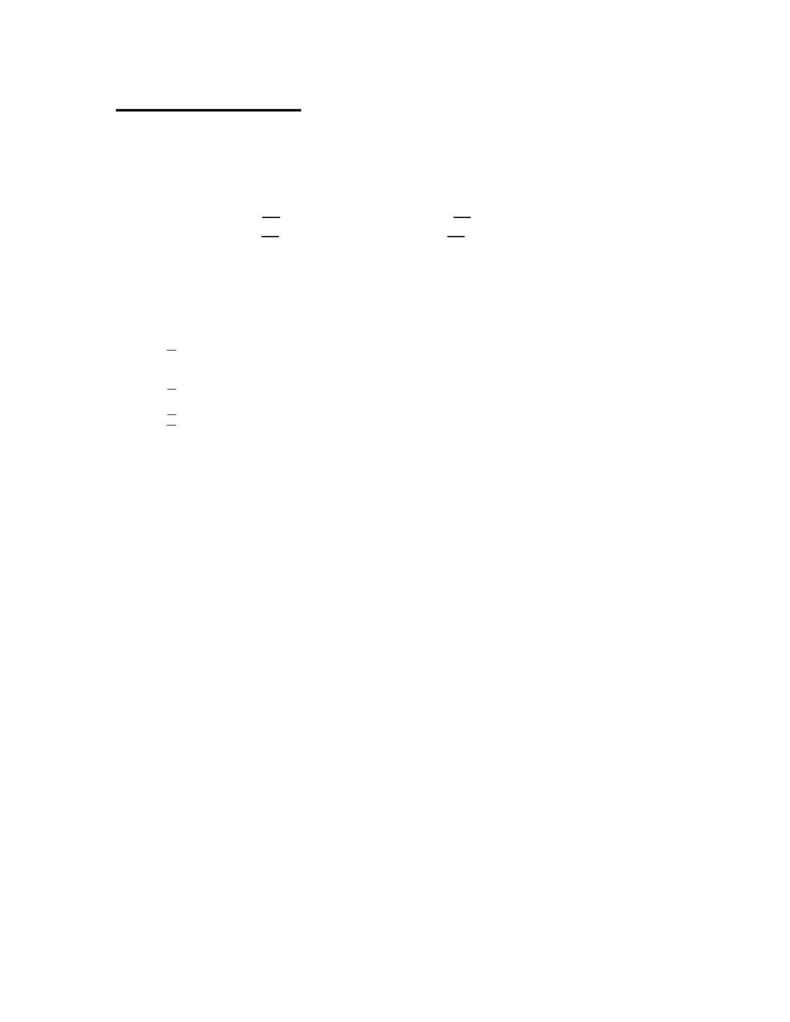Kolmetz.com Thermo Paper Page 6

Activity Coefficient Method
An ideal mixture can either be liquid or gaseous which is defined by the following
relationships:
( , , )
( ,
( , , )
( , )
IM
i
i
i
IM
i
i
i
)
H
T P x
H T P
V
T P x
V T P
=
=
where: T- temperature,
°F
P- pressure, psia
x
i
- liquid phase mole fraction
i
V - Partial Molar Volume, i
th
Component
i
H - Enthalpy Per Mole, i
th
Component
IM
i
H
- Enthalpy Per Mole, Ideal Mixture
IM
i
V
- Partial Molar Volume, ideal Mixture
In an ideal liquid solution, the liquid fugacity of each component in the mixture is
directly proportional to the mole fraction of the component. The ideal solution assumes
that all molecules in the liquid solution are identical in size and are randomly distributed.
This assumption is valid for mixtures containing molecules of similar size and character.
(3)
In general, you can expect non-ideality in mixtures of unlike molecules. Either the size or
shape or the intermolecular interactions between components may be dissimilar. These
differences are called size and energy asymmetry. Energy asymmetry occurs between
polar and non-polar molecules and also between different polar molecules. An example is
a mixture of alcohol and water. (3)
The activity coefficient represents the deviation of the mixture from ideality. The
activity of a component at some temperature, pressure and composition is defined as the
ratio of the fugacity of the component at actual conditions over the fugacity of the
component at standard conditions. (3)
)
,
,
(
/
)
,
,
(
)
,
,
(
o
o
i
i
i
x
P
T
f
x
P
T
f
x
P
T
a
=
where a
i
component activity
T temperature at actual conditions
P pressure at actual conditions
x liquid mole fraction at actual conditions.
Note: The superscript "o" indicates at standard state.
6
